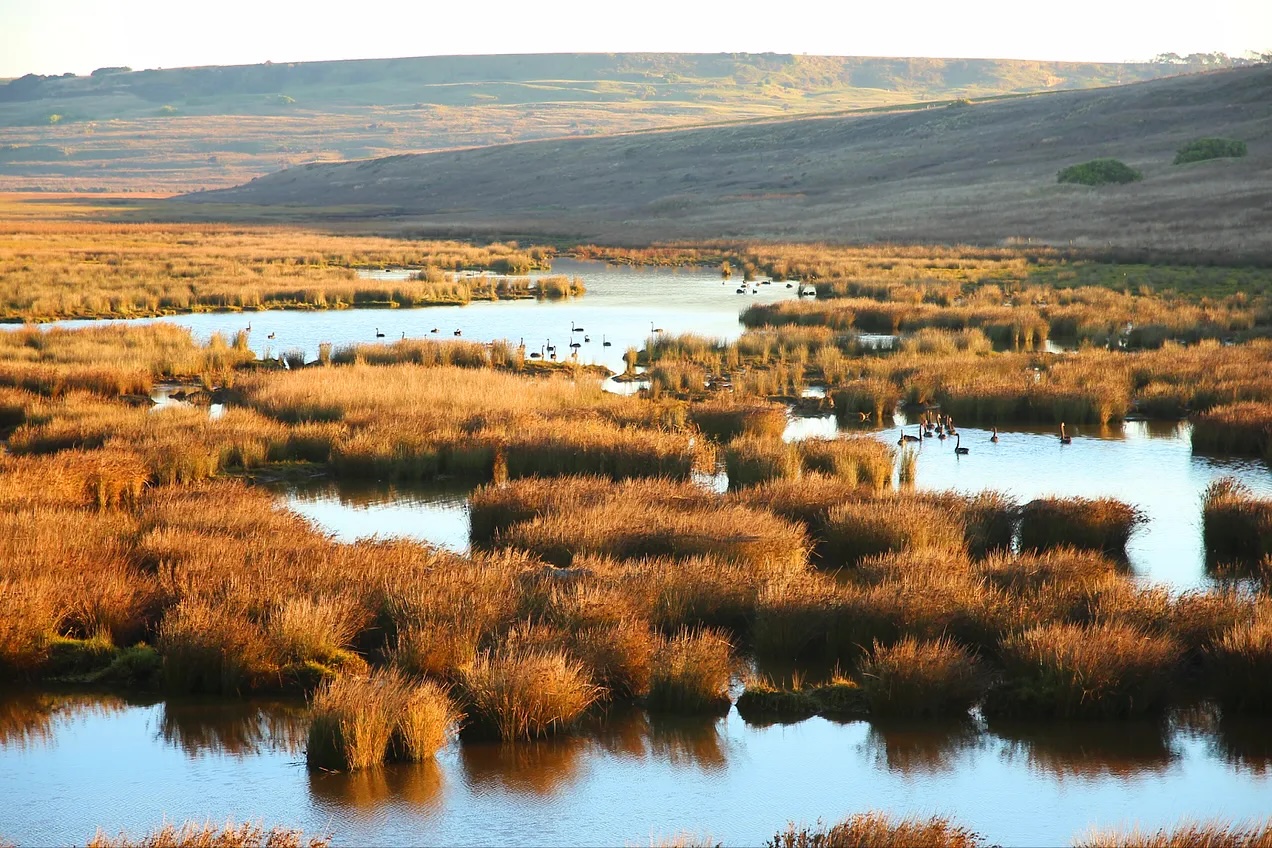We’ve been reflecting on connection
Biodiversity is the sheer variety of life on Earth — a vibrant tapestry woven from countless genetic variations, diverse species and intricate ecosystems. While more variety is certainly better, the true strength of this tapestry isn't just in its many threads, but in the ceaseless connection between them.
Consider the partnerships that shape our world: the diligent pollinator visiting a bloom, birds scattering seeds across forests, ancient fungi weaving through tree roots, the eternal chase between predator and prey. These aren't isolated acts, they are the fundamental interactions that sculpt our landscapes, forming the ecosystems that give us clean air, fertile soil and fresh water.
Yet humans, despite being part of nature, are increasingly disconnected — from the more-than-human world, from the systems that sustain us, and from the causes and consequences of ecological collapse. This disconnection is more than a symptom, it is a driver of the biodiversity crisis — which means the path forward must be reconnection, in every sense of the word.
Reconnection means rekindling cultural connections, deepening the bond between people and the places we call home. It means strengthening social connections, bridging gaps between stewards, scientists, technologists and communities to unite our collective efforts. It means forging new economic connections, aligning capital with care, risk with resilience, and traditional value with enduring values that truly honour life itself. And, critically, it means safeguarding and repairing ecological connections — protecting intact habitats and gene pools, and mending those that have been fragmented, so nature’s resilience endures.
Connection is what we desperately need — not just to protect life on Earth, but to truly, deeply, be part of it once more. This isn't merely about saving other species, it's about remembering our place within the grand, intricate web of life, and rediscovering the profound strength that comes from belonging.
Recent loans
We’ve deployed a new loan through Wedgetail Ventures, furthering our mission to conserve and restore biodiversity through sustainable investment.
COMACO
Incentivising conservation for Zambia’s smallholder farmers
Community Markets for Conservation (COMACO) supports over 335,000 smallholder farmers across Zambia to improve their regenerative agriculture and conservation practices. By training ex-poachers and farmers in sustainable agricultural practices, COMACO helps reduce pressure on surrounding ecosystems and protect wildlife. Farmers sell their harvests to COMACO at premium prices, which are processed and sold under the It’s Wild! brand, with revenues reinvested locally to reward conservation-friendly practices and sustain community-led stewardship. COMACO also supports the establishment of agreements with communities that prioritise the conservation of forests and wildlife, and provide incentives through conservation-related payments. The result is recovering wildlife populations, food-secure communities and a proven model that blends livelihoods, conservation and market access to drive systemic impact across Zambia’s landscapes.

Recent grants
In the past four months, the Wedgetail Foundation has provided funding to a number of organisations, furthering our mission to support and fund the frontiers of biodiversity regeneration.
Cool.org
Equipping educators to bring biodiversity to life in the classroom
Cool.org has been creating real-world, curriculum-aligned resources for Australian teachers for over 16 years — helping educators teach what matters most and sparking better outcomes for students and communities alike. A Wedgetail Foundation grant supports the Biodiversity in Action Education Project, which draws on the latest research from The Biodiversity Council and The Conversation to deliver clear, practical lessons on the global biodiversity crisis and local solutions. Over two years, the project will produce 20 curriculum-aligned lessons for primary and secondary students, a professional learning course for teachers, and a nationwide outreach program through Cool.org’s trusted educator networks — reaching an estimated 1,500 teachers and 279,000 students. By equipping teachers to support habitat restoration and native species protection, Cool.org is helping schools and communities turn knowledge into action for biodiversity.
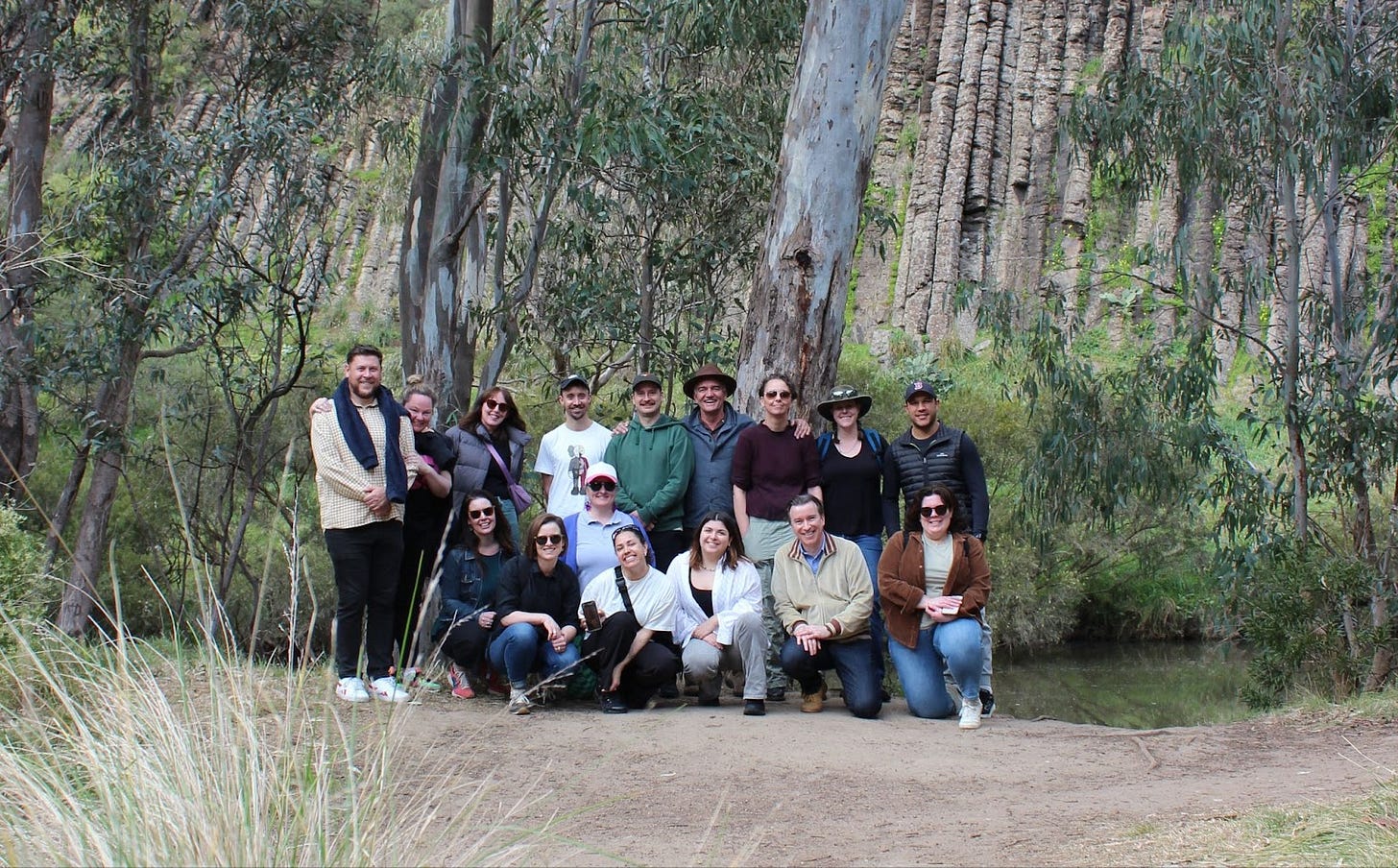
Australian Wildlife Conservancy
Fencing out ferals to protect Cape York’s living legacy
Australian Wildlife Conservancy (AWC) delivers science-backed conservation across a large network of sanctuaries and partnership sites, working to protect Australia’s diverse species and habitats. At Piccaninny Plains Wildlife Sanctuary in Cape York, AWC’s active land management focuses on fire management, feral animal control and monitoring ecological health. Covering nearly 165,000 hectares, Piccaninny Plains protects a stunning mosaic of rainforests, woodlands, wetlands and grasslands, home to threatened species like the palm cockatoo, Cape York rock-wallaby and black-footed tree-rat. However, cattle and feral herbivores threaten the sanctuary’s nationally significant species, wetlands and riparian ecosystems. To tackle this problem, AWC has partnered with neighbouring Merluna Station, and is constructing a 24-kilometre feral herbivore-proof fence to protect Piccaninny Plains’ ecosystems and reduce mustering demands for local pastoralists. A Wedgetail Foundation grant supports key activities within this project, helicopter hire and equipment for assessments, fence construction oversight, wetland surveys and ongoing feral herbivore monitoring. By reducing feral impacts and improving wetland condition, this project safeguards one of Cape York’s richest refuges for threatened wildlife.
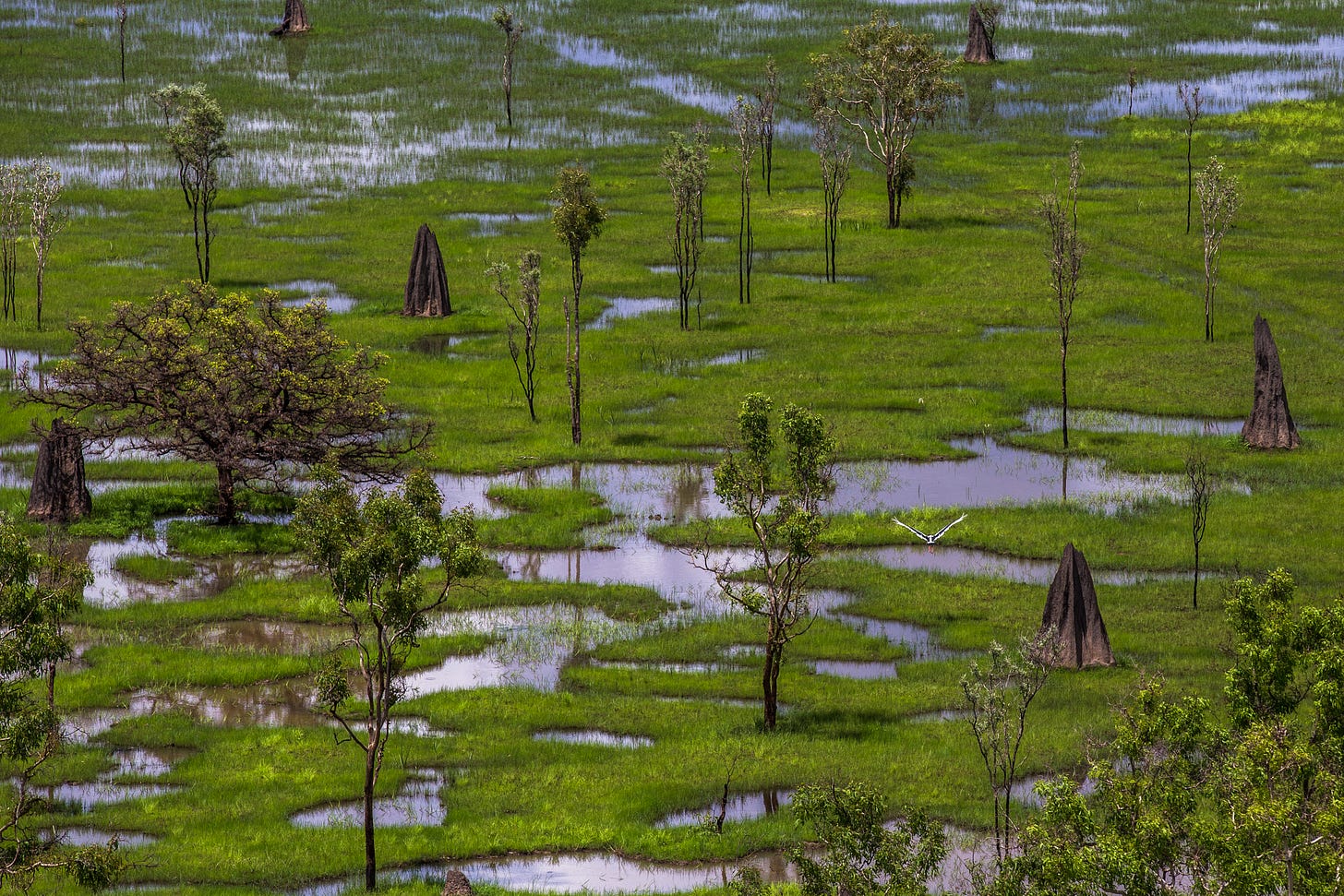
Detection Dogs for Conservation
Training rescue dogs to help protect Australia's endangered native wildlife
Born from the dream of veterinarian and conservationist Dr Romane Cristescu, Detection Dogs for Conservation (DDC) was founded in 2015 to put the impressive scent-detection abilities of dogs to work for ecological research and wildlife conservation. Based at the University of the Sunshine Coast, the team includes dedicated researchers and specially trained detection dogs — all of them rescue dogs. Since its inception, DDC has focused on developing and validating koala detection methods. DDC’s dogs have completed more than 6,000 surveys and helped identify and rescue over 100 koalas affected by bushfires — making a tangible contribution to the survival of one of Australia’s most iconic species. The dogs aren’t just helpful — they were proven in a koala research project to be 150% more accurate and 20 times faster at finding koala scats (which are used to map habitat) than humans alone. Now, the team is turning its attention to the endangered greater glider. Like koalas, greater gliders are picky eaters — but they also depend on old-growth forests, as they rely on tree hollows for nesting. This makes them even harder to track and protect. With the support of a Wedgetail Foundation grant, DDC will train a new dog to detect greater gliders, testing the method’s efficiency against spotlighting and thermal imaging drone survey methods. We’re particularly excited by the project’s potential to scale — and to shape future detection methods that can protect even more endangered species.

Pro Eco Azuero
A follow-on grant to strengthen reforestation in Panama
Pro Eco Azuero is dedicated to restoring a 25,000-hectare ecological corridor in the Azuero Peninsula in southern Panama. In 2024, a Wedgetail Foundation grant supported the organisation to strategically reforest 20 hectares inside this key corridor, as well as to increase the awareness and adoption of conservation and sustainable farming practices, start collecting baseline biodiversity data, and increase the availability of diverse tree species by expanding community nurseries. This grant builds on that partnership — supporting continued maintenance and replanting, further expansion of community nurseries and biodiversity monitoring, and the early development of cacao agroforestry as a sustainable income stream — in order to strengthen both ecological resilience and sustainable livelihoods.
American Bird Conservancy
Piloting new tools to monitor bird species and their habitat
American Bird Conservancy (ABC) takes bold, measurable action to protect birds and their habitats across the Americas. In Ecuador, a Wedgetail Foundation grant supported a pilot study of bird biodiversity on cacao farms in El Oro Province, led by ABC in collaboration with Wedgetail loanee UNOCACE. The project used autonomous recording units (ARUs) to monitor bird species across selected agroforestry farms, neighbouring forests and monocropped cacao, testing both the effectiveness of this technology in regions where AI species identification models remain limited and the differences in bird diversity between farming systems. This small pilot study found that the agroforestry farms consistently supported higher avian diversity than the monocultures. Local participants were trained to deploy ARUs and practical resources are being developed to support future use and replication. By improving acoustic data collection and expanding regional species datasets, this project strengthens ABC’s broader effort to develop scalable, cost-effective monitoring tools — improving conservation outcomes for birds and the habitats they depend on.

Team trip to Zorzal
Back in 2022, we piloted our first nature-linked loan with Zorzal, testing whether finance could be structured to support biodiversity, businesses and livelihoods. The idea was simple: the more forest protected, the less interest paid. That early partnership laid the foundation for a model that’s now supporting nature-positive businesses across ecosystems and continents.
In April, our team travelled to the Dominican Republic to visit Zorzal’s reserve and cacao facility. We walked through thriving agroforestry plots, met neighbouring farmers adopting bird-friendly practices, and saw first-hand how aligned finance can help regeneration spread across a region and along a supply chain. It was a once-in-a-lifetime trip and we’re deeply grateful to Zorzal’s founder Charles Kerchner and the broader team for hosting us.
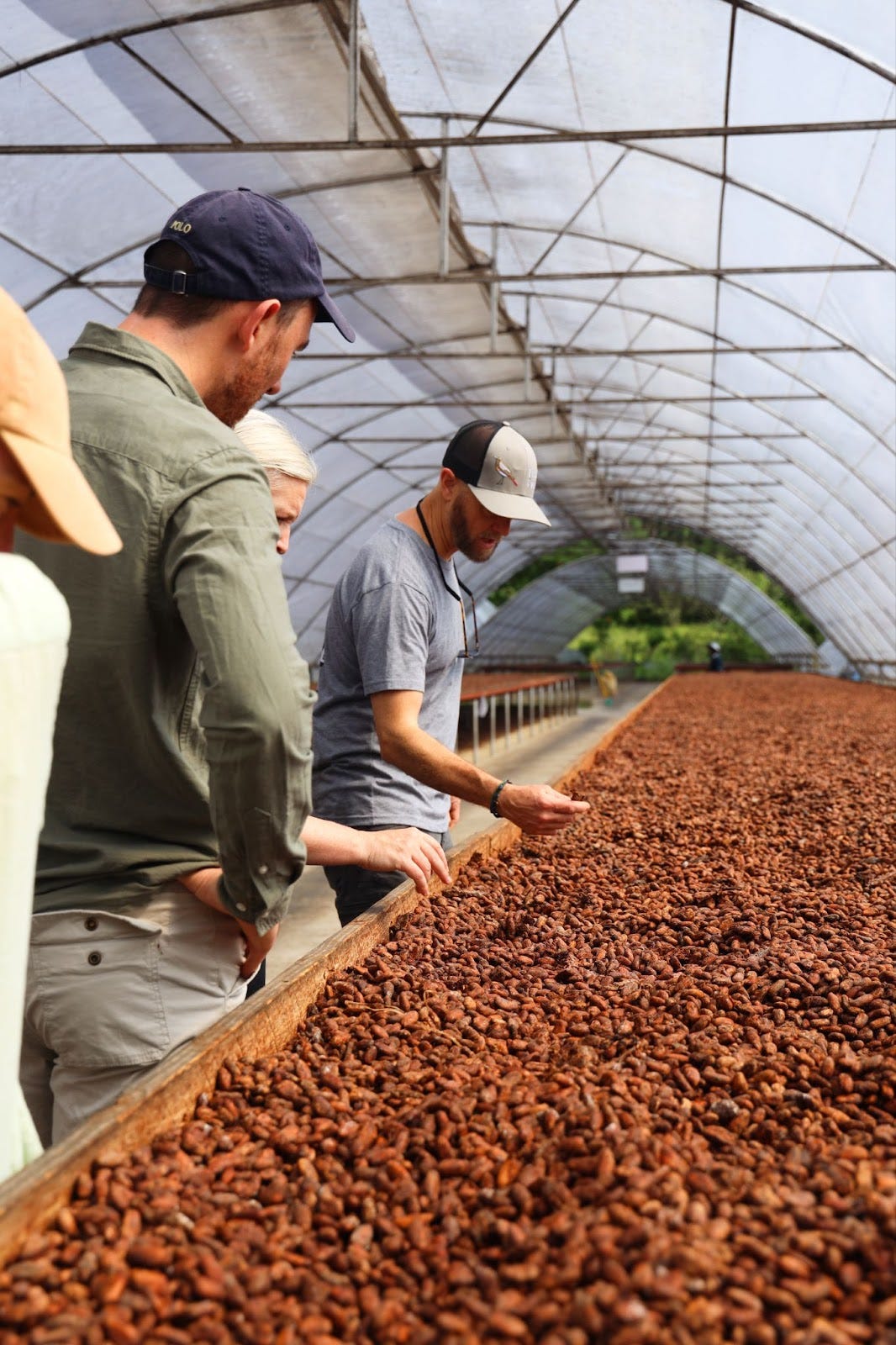
In the news: Lisa and Cameron’s pledges
As part of deepening their long-term commitment to regeneration and systems change, Wedgetail founders Lisa Miller and Cameron Adams have formally joined both the Giving Pledge and the Founders Pledge. The Giving Pledge is a public commitment to give the majority of their wealth to philanthropic causes during their lifetime or in their will. The Founders Pledge complements this by committing a significant portion of any future liquidity events. For Lisa and Cameron, this decision reinforces their shared belief that wealth should be a tool for positive change.
Read all about it in SmartCompany and the Australian Financial Review [paywall].
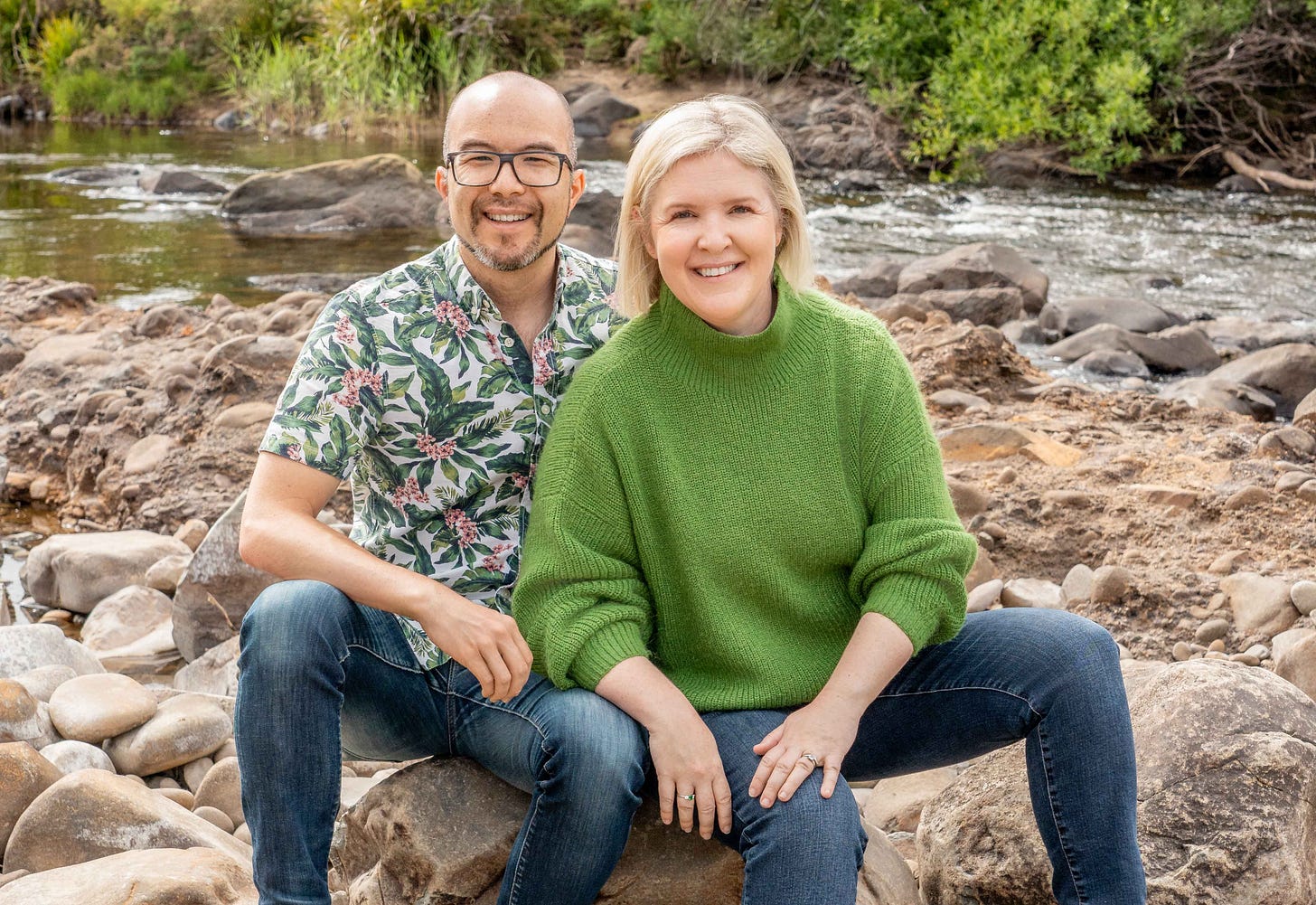
Updates from The Quoin
As usual, it’s been a busy few months at our living laboratory. Highlights include:
- Planting and caging all 72 vegetation islets at our Honeysuckle Flat restoration site;
- Publishing two new editions of The Quoin Journal — including one on why we released 24 eastern quolls on the property;
- Supporting Dr Liz Znidersic to install four autonomous recording units on site as part of a long-term acoustic restoration study;
- Welcoming Chloe and Gess to the team as our new Conservation and Property Management Assistants;
- Completing three ecological burn days across 6.5 hectares of grassland;
- Using our new drone to map some of these burn sites, with plans to return in spring to document how the landscape has responded;
- Hosting early conversations with Scotch Oakburn College about on-site outdoor education programs;
- Improving infrastructure, including by undertaking earthworks around the machinery shed, installing a new gate to access the plateau, improving fuel storage, maintaining roads and removing hundreds of metres of fencing to improve landscape connectivity; and
- Running a small experiment to see whether clearing gorse might unintentionally expose regenerating trees to browsing, by clearing the area around five saplings, and installing trail cameras to monitor activity.
Recommendations
Gess recommends Soil: The Story of a Black Mother's Garden
Camille Dungy's novel takes the reader on the journey through the creation of her own wildflower prairie project in her garden in Fort Collins, Colorado. This book of prose (with a few poems thrown in for good measure) threads African American and environmental history with critical analysis of human-instigated impacts on the natural world and how it has historically been documented. History, storytelling, birds, flowers and poetry — a thoughtful read!
Karina recommends Bad River
I’m a longtime fan of Beau Miles, trail runner, YouTuber and storyteller. If you’re interested in trail running, nature, and fun and inspiring stories of reuse and recycling, you should definitely check out his short films. In one of his recent films, Bad River, Beau runs the first 100km of the Finke River in Western Australia from its source through to its end. The film explores the deep cultural connections First Nations communities have with this river, while revealing the impact human activity has had on the river's health. It's a powerful film, told with Beau's usual energy and humour but with a serious environmental message.
Michael recommends The Hunger and The Hunger
A beautiful short story by Danilo Heitor from Grist’s Imagine 2200 climate fiction initiative, “engaging writers across the globe in envisioning the next 180 years of climate progress.” In the story there’s a moment of solidarity and celebration at a Day of the Dead ceremony which I found very moving.
Summer recommends Life After Doom: Wisdom and Courage for a World Falling Apart
Brian D. McLaren’s book provides an overview of how our current thinking is likely to lead to societal and ecological collapse, situating these difficult realities within helpful historical context. Most significantly, the book draws from diverse disciplines to explore the nature of hope and grief while offering pathways to finding purpose and meaning.

